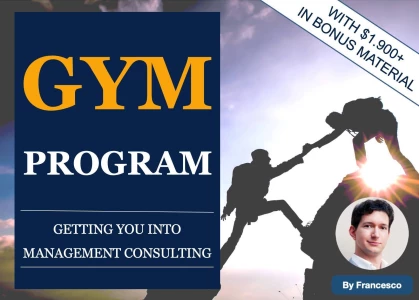From different resources, it appears to be 2 opposing strategies regarding the prompt and clarifying questions part of the case. I would like to know your opinions, which one do you agree more with:
1. Repeat the prompt, and ask as many questions as you have, the more “original”, “expert-like”, and “investigation-like” the better. It will allow you to understand or make sure you understand the activity of the company and show you're interested in the case/client.
2. Do not repeat the prompt to save time (25 minutes only for the whole case) Ask high-level questions that will allow you to understand the objective specifically. Focus on the objective/question at hand. Leave the rest of the questions as additions to sub-sections of your framework.




